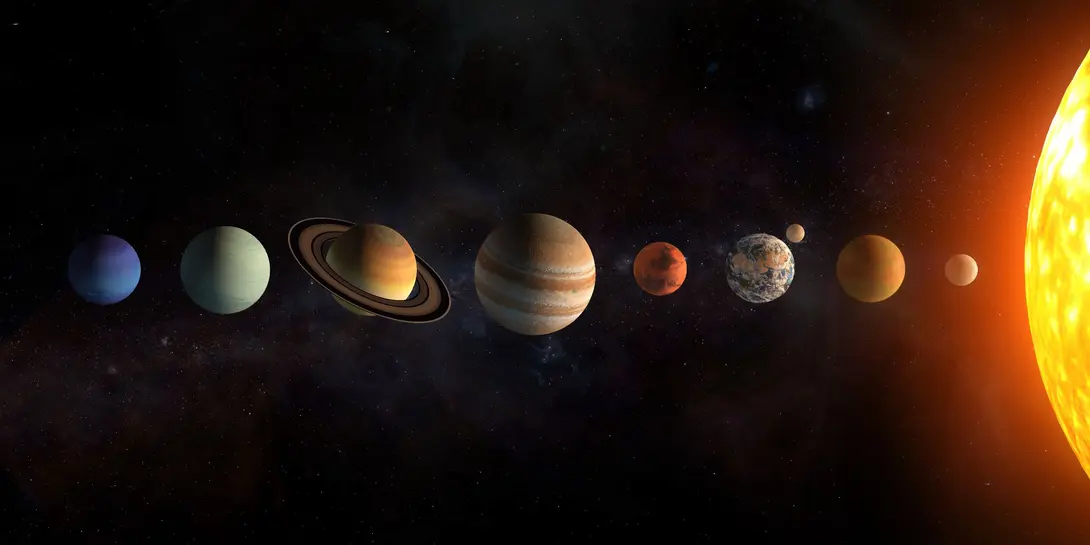For years, it has been taught in schools that Venus or Mars are the closest planets to Earth. However, a new study has revealed that it is actually Mercury that spends more time on average closer to our planet.
This discovery was made by a team of astronomers from the Open University of the United Kingdom, led by David A. Rothery. Researchers have used a technique called the "circle point method" to calculate the average distance between two planets.
The results of the study have shown that, over the last half century, Mercury has been the closest planet to Earth 46% of the time. Venus is close behind at 36%, while Mars has only been closest 18% of the time.
The explanation for this phenomenon is that Mercury's orbit is the smallest in the Solar System. This means that Mercury is closer to the Sun than any other planet, and therefore also closer to Earth.
This discovery is an important step forward in our understanding of the Solar System. It is also good news for astronomy lovers, who will be able to learn something new about our universe.
Why has it been wrongly taught that Venus or Mars are the closest planets to Earth?
The main reason why Venus or Mars has been wrongly taught to be the closest planets to Earth is that when the positions of Venus and Earth align, it is true that Venus is the closest planet to ours. However, this does not mean that it is the closest, since it has been discovered that Mercury spends more time on average closer to Earth.
Another reason this mistake has been made is that Venus is the brightest planet in the Solar System, after the Sun. This makes Venus more visible than Mercury, even when they are not aligned.
What are the implications of this discovery?
This discovery has several important implications. First, it helps us better understand the dynamics of the Solar System. Secondly, it helps us better understand the evolution of the planets. Third, it helps us plan future space missions.
How can we observe this phenomenon?
This phenomenon is observable with the naked eye, but it is easier to see with a telescope. When Venus and Earth are aligned, it is possible to see Venus pass in front of the Sun. This phenomenon is known as a transit of Venus.
It is also possible to see Mercury pass in front of the Sun. However, this phenomenon is much rarer than the transit of Venus.
What other interesting things can we learn about Mercury?
Mercury is a very interesting planet. It is the smallest planet in the Solar System, and it is also the densest. Mercury has no atmosphere, and its surface is full of craters.
Mercury is a very hot planet. The temperature on the surface of Mercury can reach 427 degrees Celsius.
Mercury is a very mysterious planet. We still don't know much about its interior or its history.

Comentarios